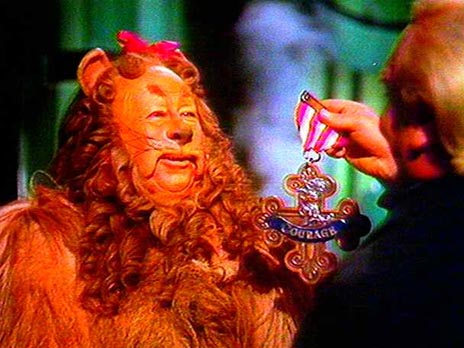Sound has played an important role in motion pictures from the beginning, which is evident by the fact that silent cinema was not actually silent at all. While the film was silent they were accompanied by a range of sound sources. To hide the noisy sound of the operation of projectors the sound sources predominantly used in pre 1920s cinema were the following:
- In small sized theatres - pianist/organist;
- In medium sized theatres - actor/musicians/noise making machines behind the screen;
- In prestigious theatres - orchestral accompaniment.
Prior to the 1920s there had been attempts to synchronise sound and images, but they were unsuccessful. The most known example is
Thomas Edison who invented the Kinetophone (1894). A viewer would look through the peep hole where images would projected over a light source that was connected to a sound source. In 1913 Edison presented a modified version where sound and cinematic images were synchronised on screen, but it was highly flawed.
In general there were three issues to introducing sound in film:
- Expense
- Amplification
- Synchronisation
Sound became a serious matter for cinema through AT & T (telephone) and RCA (radio) who spent a great deal of researching sound for other purposes than film. Eventually, the two firms realised the potential of sound in film, but the big studios were resistant because the industry was profitable without the introduction of new technology. The studios realised the extensive costs involved through retraining cast & crew and purchasing equipment. The leaders in sound came from the smaller studios.

No comments:
Post a Comment